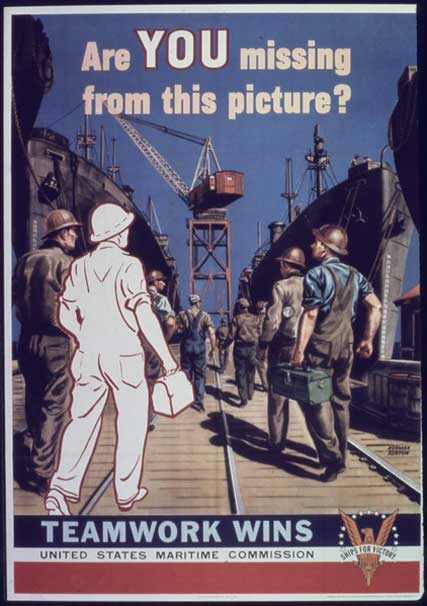Efficiency, Resiliency, and Staffing
I recently heard a cautionary tale about a small department whose functionality collapsed for two weeks: it took just one person leaving and one person on a long-scheduled holiday to achieve this. Despite the person going on holiday leaving detailed instructions, nobody took the trouble to read them. Management just assumed that they knew how to do the job and that they could easily re-assign other people.
The results weren't good, leaving the organization with potential legal liabilities because procedures weren't followed.
Resilience requires a degree of redundancy. You need to have more people than are strictly necessary to account for times when people get sick or leave unexpectedly. If staff have special skills or certifications this may be expensive. If staff work as part of a team (e.g. an anesthetist at a hospital) a lack of a single skill may prevent many people from working.
But redundancy costs money. It looks bad having people who don't spend 100% of their time working. So despite a degree of deliberate over-staffing being one of the simplest ways of increasing resiliency, it's also an easy target for the world's bean-counters.
If you can't maintain sufficient staffing levels to reduce risks, what else can you do?
- Ensure contracts have sufficient notice periods to recruit and train replacement staff. It's surprising how often companies don't realize that short notice periods don't always work to their advantage. This may help when somebody decides to leave unexpectedly - there may be enough time for a smooth internal handover to someone else - although the notice period is unlikely to be long enough to recruit a replacement.
- Ensure that when someone gives notice time and effort is taken to transfer knowledge before they leave. Ask anybody who has left a company on good terms, or look back to your own experience. Too often this is left too late, or forgotten entirely.
- When feasible, cross-train staff between departments so staff can understand and perform each other's jobs. Written procedures help, but never assume that they are sufficient. Many jobs rely on informal relationships to get things done efficiently or when problems occur. Making useful friends in other departments isn't something that written procedures can capture.
- Consider contracting out critical business functions where a commodity service is involved. It will be more expensive than using in-house staff, but if the supplier has a large number of staff who can perform the service, they should be less affected by occasional staff absences.
Resilience is always risk-money trade-off, but some of the actions you can take are not expensive.
